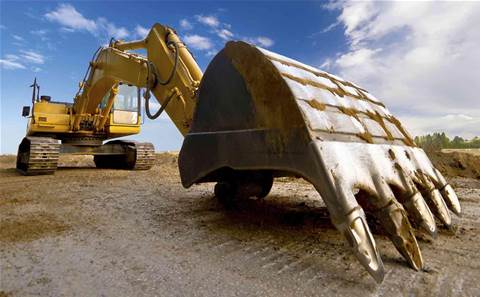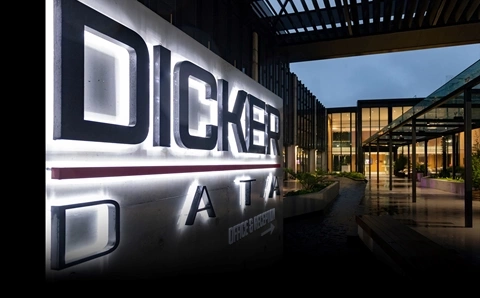There is a tremendous boom in sensing and detection systems, says Gartner’s Steenstrup. “Although mundane to some, this is of paramount importance to the mines because you are not differentiating on the product and you are not differentiating on the marketing or customer outreach.
“It’s all about the assets. Sensors detect changes in the physical consideration of assets and that provides tremendous opportunities for reducing costs and removing outages that can constrain production. Mining companies have a phrase called ‘unrecoverable lost production’. This means you can’t just do overtime the next day in order to catch up because you are already working 24 hours around the clock. If you lose a haul truck or a conveyer belt for a period of time, that’s money lost and potentially a competitor could be filling the gap if you’re late or your load doesn’t arrive.”
He says the avoidance of unrecoverable lost production and finding a more efficient way of attacking maintenance and reliability is the link between the sensors, the automation and the analytics.
According to Oracle’s Hattrick, the rapid development of mining automation is another of the key trends in the mining industry and an important point of intersection with the IT industry.
“Basically, the mining industry extracted efficiency for a good 30 years by ‘bigger’. Everything just got bigger. Bigger trucks, bigger excavators, bigger trains and ports and bigger ships.”
But eventually, he jokes, the law of physics came into play and they couldn’t really make things much bigger any more. “That’s not to say that people won’t try, but really now it is much more about extracting greater efficiency.”
All of the major miners are well advanced in their deployment of automated trucks and trains. But deploying that sort of technology in their mines is difficult. “It’s an extremely complex and advanced environment. When you have a 250-tonne truck driving itself, the fact is that it requires a lot of technology to ensure it is safe, reliable and available.”
According to Steenstrup, “the more you get into mine automation, the more access to technology and information you have, then the more things you can analyse. It’s not so much analytics driving the automation as the automation enabling analytics.”
It’s important to realise that automation isn’t simply about removing people from the equation or improving safety. “It’s not just how many people are involved, but you have to build an entire town to support the hole in the ground. It’s on a multiple scale way beyond any other industry,” says Steenstrup.
“This is about taking massive amounts of infrastructure away and the impact that has on the bottom line. It’s a tremendous opportunity.”
All of this automation helps not just with the mining of ore, but also provides the preconditions necessary for the mining of data. Think of those giant trucks and heavy duty rolling data generators.
“We see a lot of interest in analytics emerging,” says Steenstrup. “Miners are turning their attention to maximising the efficiency of their supply chain and their asset infrastructures. And data analytics will be a boom area.”
It’s also about more than just pre-emptive maintenance. Instead, being able to bring all the geo-data to bear in real time as the mining operations are happening allows for the real-timing monitoring of the ore body. And that, in turn, means the mining plan can change dynamically based on the analytics coming out of the data feeds, says Hattrick.
Of course, all this monitoring and analysis requires systems to support it. For capital-intensive companies like miners, if there is a way to divert precious dollars away from IT hardware and software, they will take it. That’s why cloud is becoming more important.
“With big cost-cutting underway in some quarters, the ability to consumerise charges in the cloud becomes very attractive,” says Smile IT’s Drummond.
Epic IT’s Murkowski agrees. “The licensing model works better for the miners. They can throttle up and down. This is an industry that changes so quickly, which is why it’s appealing to them: you don’t spend half-a-million on a service infrastructure and then have the plug pulled in the project.”
But the resellers CRN spoke to acknowledged that connectivity remains an inhibitor of cloud uptake among the miners, although it is improving. “If you have a remote site in the middle of Queensland sitting on satellite connections with [latency issues], that’s a battle in terms of connectivity to head office,” says Drummond. “So if they still need to sync files, they will still go with that [on-site] option.”





_(11).jpg&h=142&w=230&c=1&s=1)




.jpg&w=100&c=1&s=0)
_(8).jpg&w=100&c=1&s=0)







.jpg&q=95&h=298&w=480&c=1&s=1)





